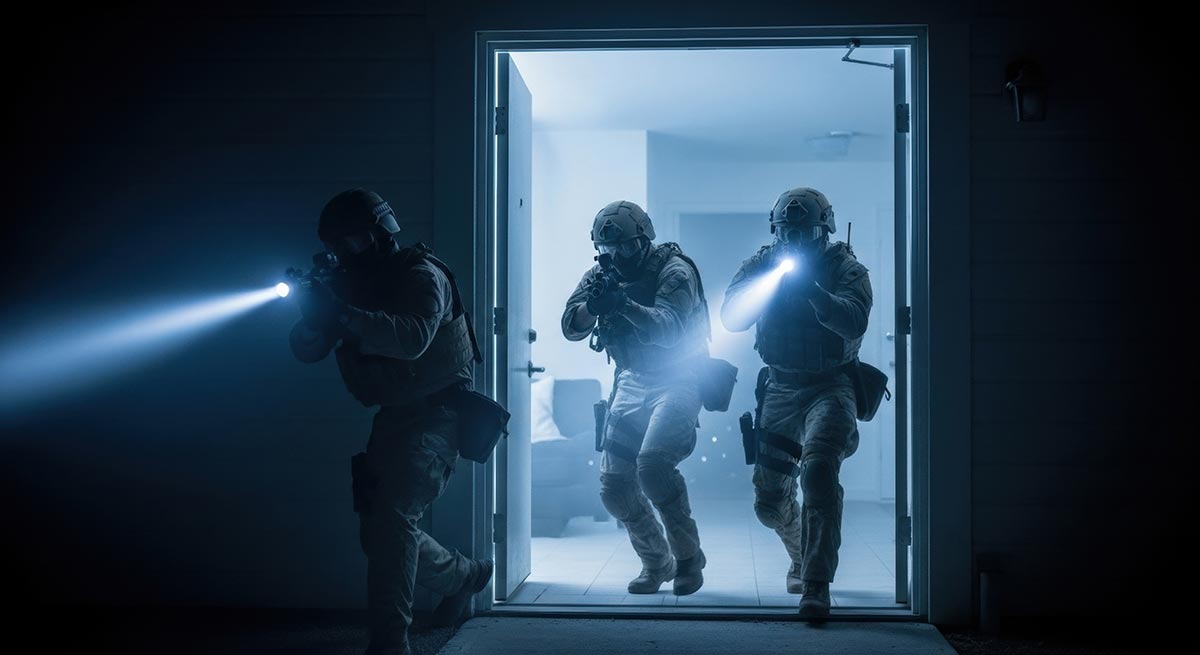Why Civilian Training Matters More Than Ever
When I first joined law enforcement decades ago, active shooter events were rare. We trained for them, of course, but they weren’t at the top of our list of daily concerns. Unfortunately, times have changed. These incidents now happen in schools, workplaces, shopping centers, and places of worship. The reality is sobering: law enforcement will always respond, but in those first critical minutes, it’s civilians—the people already on the scene—who have the power to save lives.
That’s why I believe the future of active shooter training isn’t just about preparing police and first responders. It’s about preparing everyday people—teachers, business owners, employees, and even students. The more prepared civilians are, the greater the chances of survival for everyone.
Breaking the Myth of “Freeze and Wait”
One of the biggest misconceptions I run into during training is the belief that people should simply hide and wait for police to arrive. While hiding can be part of a survival strategy, it can’t be the only plan. The truth is, hesitation costs lives. Civilians need to understand their options, learn how to recognize danger faster, and practice how to act under stress.
In many cases, survival isn’t about being stronger or faster—it’s about making decisions with a clear head in chaotic circumstances. Training gives people that edge.
Shifting from Awareness to Action
Most people know the phrase “Run, Hide, Fight.” It’s been around for years, and it’s a good starting point. But the future of training goes beyond memorizing a slogan. We’re moving toward scenario-based, hands-on practice where civilians don’t just hear what to do—they experience it.
In my sessions, we don’t just talk about exits; we walk the exits. We don’t just say “block the door”; we actually practice it with whatever resources are available. The difference between hearing and doing is night and day. When adrenaline spikes, muscle memory and practiced confidence are what carry you through.
The Role of Technology in Future Training
Technology is also reshaping how we prepare civilians. Virtual reality and simulation-based training allow people to practice in realistic environments without the risk. These tools create stress in a safe way, helping participants understand how their body and mind will react when the unthinkable happens.
I believe the future will combine live, scenario-based drills with tech-based training, giving civilians the most well-rounded preparation possible. Just like pilots train in simulators before flying a plane, civilians can train in simulated high-stress environments before facing real-world danger.
Building a Survival Mindset
At the core of all this training is mindset. Too often, civilians underestimate their own ability to take action. They assume survival depends on law enforcement showing up in time. But time and time again, we’ve seen that civilians who act quickly—whether by escaping, barricading, or even fighting back—save lives.
That doesn’t mean civilians should act recklessly. It means they need to build confidence, awareness, and a survival mindset before a crisis ever begins. A prepared mind is calmer, faster, and more effective in an emergency.
Why Businesses and Schools Must Lead the Way
The future of civilian preparedness will depend on schools and businesses making training a priority. Employers already invest in fire drills and safety equipment. But statistically, an active shooter event is a more likely threat in many workplaces than a fire. The same is true for schools, where our kids and teachers deserve more than a “hope it never happens” approach.
When businesses and schools invest in quality training, they aren’t just checking a box for compliance—they’re investing in the safety and survival of their people. And that investment pays off by creating confidence and resilience that ripple through the entire community.
The Human Factor
In every active shooter situation I’ve studied, one thing stands out: it’s the actions of people on the ground—ordinary civilians—that make the biggest difference before law enforcement arrives. Whether it’s a teacher barricading a door, an employee guiding others to an exit, or a bystander providing first aid, these are the human factors that save lives.
Training civilians acknowledges that truth. It empowers people to be more than victims of circumstance. It gives them the ability to act decisively, protect others, and come out alive.
Looking Ahead
I’ve spent my career in law enforcement and tactical training, and one thing I’ve learned is this: survival isn’t reserved for the strongest or most highly trained. It’s available to anyone willing to prepare. The future of active shooter training isn’t about spreading fear—it’s about spreading knowledge, skills, and confidence.
If we want safer schools, workplaces, and communities, we need to stop thinking of preparedness as just a job for police. We need to make it a shared responsibility. Civilians aren’t powerless. With the right training, they’re capable, resilient, and lifesaving.
Final Thought
Every second matters when lives are on the line. The sooner we bring civilians into the training conversation, the sooner we create a culture of preparedness that will save lives. The future of active shooter training is about empowerment—and the future starts now.
